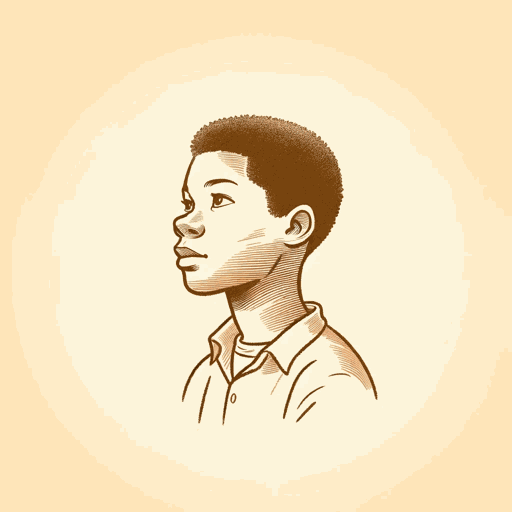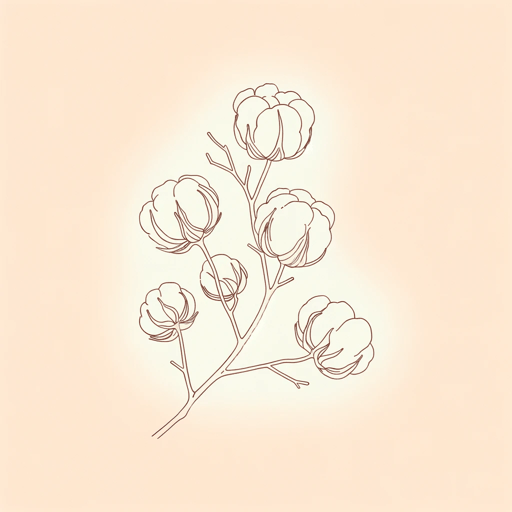19 pages • 38 minutes read
Langston HughesChildren’s Rhymes
Fiction | Poem | Adult | Published in 1926A modern alternative to SparkNotes and CliffsNotes, SuperSummary offers high-quality Study Guides with detailed chapter summaries and analysis of major themes, characters, and more.
Further Reading & Resources
Related Poems
“The Weary Blues” by Langston Hughes (1926)
“The Weary Blues” is one of Langston Hughes’ most famous poems. As with “Children’s Rhymes,” the poem utilizes assonance and reflects Hughes' drive to create poems that sound like jazz or blues. Similar to “Children’s Rhymes,” the poem deals with the difficulties Black people face in the United States. Yet the end of “Children’s Rhymes” ends on a somewhat optimistic note with the narrator disrupting the misleading Pledge of Allegiance, while the end of “The Weary Blues” is rather bleak, as the person in the poem “slept like a rock or a man that’s dead.”
“I, Too” by Langston Hughes (1926)
“I, Too” is another of Langston Hughes’ well-known poems. This poem, too, tackles race in the United States, although it does so with optimism. At first, the Black speaker must eat in the kitchen, but they will “eat well” and “grow strong” and soon eat at the table. The speaker reaffirms their beauty and their Americanness. Put in conversation with “Children’s Rhymes,” “I, Too” suggests that liberty and justice can be for everybody, so the lies detected by the speaker are vanquishable.
“Saturday’s Child” by Countee Cullen (1947)
Related Titles
By Langston Hughes

Cora Unashamed
Langston Hughes

Dreams
Langston Hughes

Harlem
Langston Hughes

I look at the world
Langston Hughes

I, Too
Langston Hughes

Let America Be America Again
Langston Hughes

Me and the Mule
Langston Hughes

Mother to Son
Langston Hughes

Mulatto
Langston Hughes

Mule Bone: A Comedy of Negro Life
Langston Hughes, Zora Neale Hurston

Not Without Laughter
Langston Hughes

Slave on the Block
Langston Hughes

Thank You, M'am
Langston Hughes

The Big Sea
Langston Hughes

Theme for English B
Langston Hughes

The Negro Artist and the Racial Mountain
Langston Hughes

The Negro Speaks of Rivers
Langston Hughes

The Ways of White Folks
Langston Hughes

The Weary Blues
Langston Hughes

Tired
Langston Hughes

